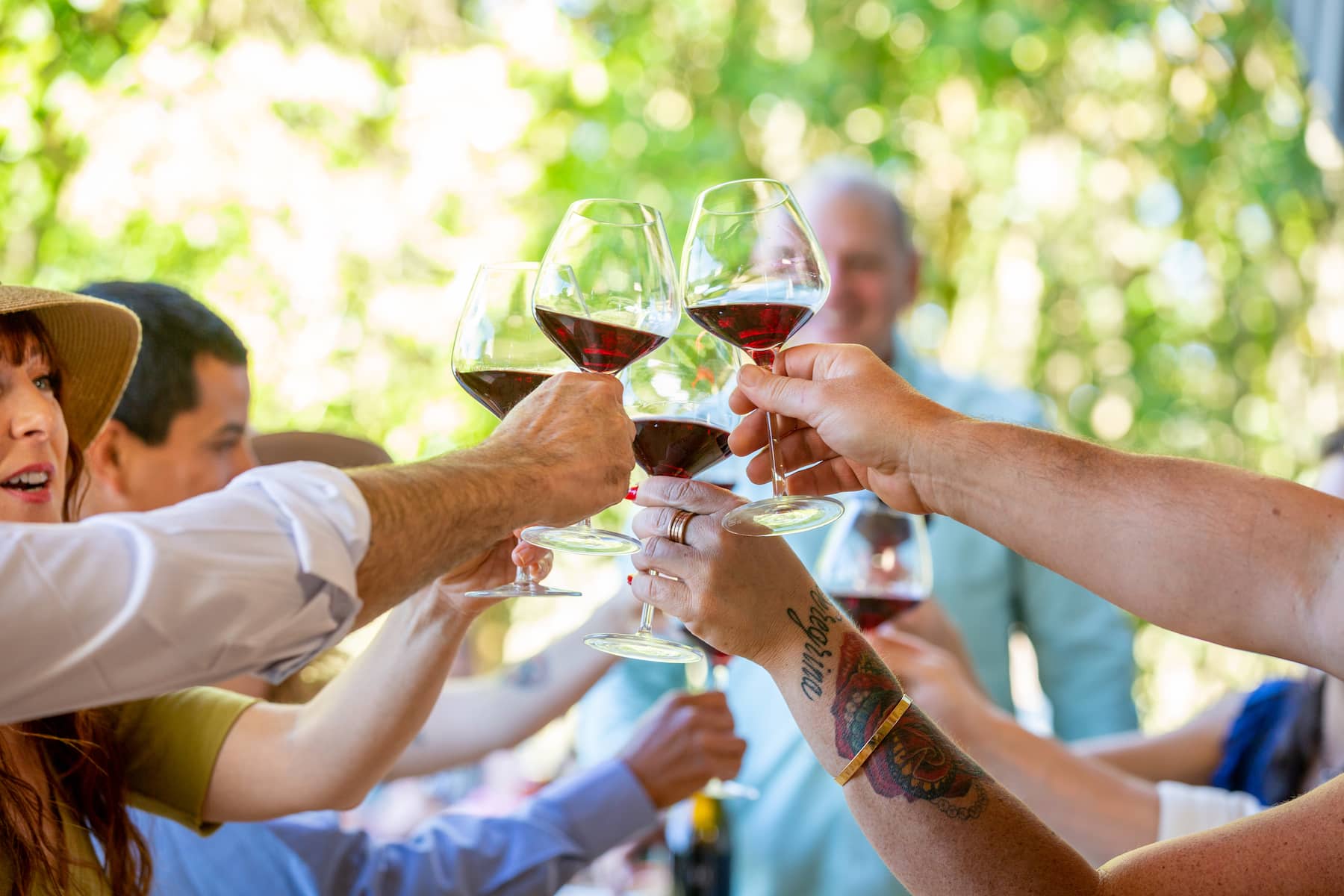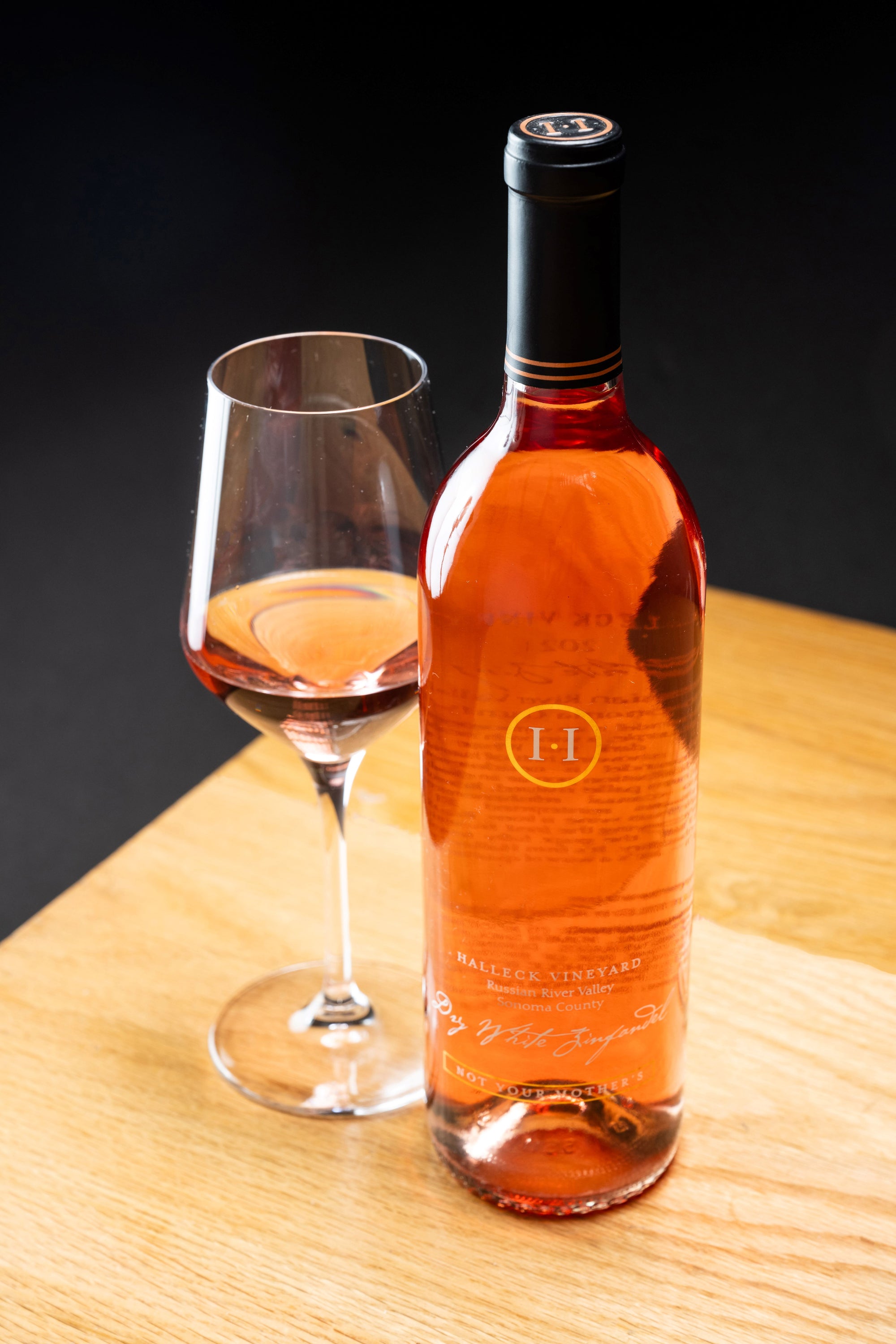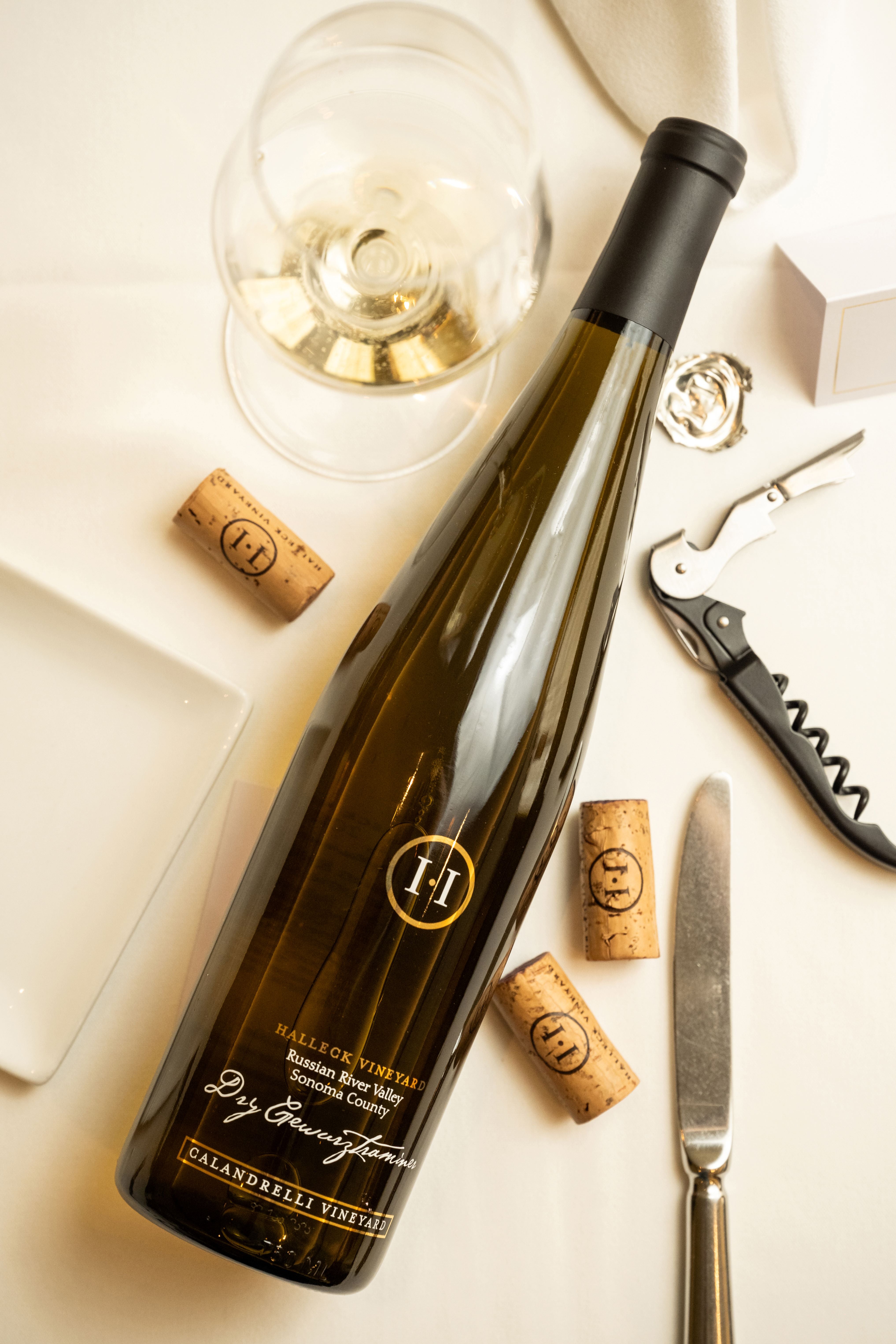Popular Wineries With Outdoor Seating In Sonoma - Sonoma's Best Vineyards
Popular Wineries With Outdoor Seating In Sonoma - Sonoma's Best Vineyards
Blog Article
Wineries With Artisan Chocolate Pairings In Sonoma - Enjoying The Best Wineries In Sebastopol
Wine tasting is an art that combines sensory experience with an appreciation for the nuances of different varietals. How to evaluate flavors in winery wine tasting classes is pivotal to greedy the complexities of wine.
Partaking in a wine tasting involves more than simply sipping and savoring. It requires a targeted method to establish aromas and flavors that every wine presents. As you begin, observe the wine's look, noting its shade and readability. These visible cues typically suggest a wine’s age, grape variety, and even potential flavor profiles.
The subsequent step within the tasting process is to swirl the wine in your glass. This motion releases aromatic compounds which would possibly be vital for evaluation. Lean in and take a second to inhale deeply; the aromas can vary from floral and fruity to spicy and earthy. The nose of the wine is just as necessary because the palate, and recognizing scents plays a major role in understanding the general experience.
When taking your first sip, permit the wine to maneuver across your palate - Wineries With Picnic Areas. Discover the preliminary flavors that current themselves. Is the wine fruity, floral, or maybe herbaceous? This preliminary style gives perception into what the wine is prone to categorical as you continue to gauge it. The mouthfeel additionally contributes to the overall flavor experience; it can be silky, tannic, and even effervescent.
Wine Tasting Tours In Russian River Valley - Sonoma Wine Tasting Tour
As you continue tasting, pay consideration to the wine’s stability. A well-balanced wine will harmonize acidity, sweetness, and tannins. If one component overwhelms the others, it would point out a less desirable high quality. Evaluating stability can help you determine how properly the wine would possibly pair with food.
Transitioning to the end, think about how the flavors evolve as the wine lingers on your palate. A lengthy, nice end can point out a high-quality wine, whereas a short or abrupt end might counsel in any other case. Reflect on whether or not the flavors stay constant or if new notes emerge because the wine settles. This progression can reveal complexities and intricacies that might not have been apparent within the preliminary tasting.
Temperature can be a crucial factor in evaluating wine flavors. Different kinds of wine are optimally enjoyed at specific temperatures. White wines often shine when chilled, while purple wines generally carry out finest at room temperature. When tasting, make positive the wine is at the appropriate temperature to totally appreciate its character.
Wineries Perfect For A Relaxing Afternoon - Best Vineyard Visits In Sonoma
Pairing food with wine can significantly improve the tasting experience. Foods can affect the perception of flavors in wine, both highlighting certain traits or diminishing them. When evaluating flavors, contemplate how the wine interacts with different meals, noticing which flavors are amplified or muted (Wineries With Outdoor Seating).

Think About the affect of terroir as you engage in a winery tasting. Terroir encompasses the unique environmental factors that have an effect on grape growing, including soil composition, climate, and geography. Understanding a wine's terroir can present insight into its flavors and aromas, fostering a deeper appreciation for the choices made throughout its cultivation and manufacturing.
Education plays a basic position in enhancing one's capability to judge wine flavors. Studying about grape varieties, wine regions, and production strategies can pave the means in which for more knowledgeable judgments throughout tastings. Additionally, attending workshops or classes can refine sensory skills and increase your flavor vocabulary, enabling you to articulate tasting notes extra effectively.

Lastly, it is essential to do not neglect that evaluating wine flavors is a extremely personal experience. Individual preferences and perceptions will invariably shape one’s tasting journey. Enjoyment should be on the forefront, with the analysis course of performing as a tool to reinforce understanding and appreciation quite than create rigid pointers.
Wineries Showcasing Local Art And Crafts - Unique Wine Tasting Experiences In Sebastopol
In conclusion, mastering tips on how to consider flavors in winery wine tasting periods involves a mixture of sensory engagement, data, and practice. By learning to establish aromas, assess the balance, and appreciate the intricacies of flavor, wine enthusiasts can deepen their connection to each bottle they encounter. As with any art kind, the more one immerses themselves in the experience, the extra they may discover and enjoy the vast world of wine.
- Begin by observing the wine's colour and readability, as these visual parts can hint at its flavor profile and growing older potential.
- Swirl the wine gently in your glass; this releases fragrant compounds, permitting you to raised establish the advanced scents associated with the wine.
- Take a deep inhale earlier than tasting, focusing on both major and secondary aromas to gather insights on fruits, spices, and other nuances.
- When tasting, enable the wine to coat your palate; note the initial flavors, the mid-palate complexity, and the end as these stages can present completely different flavor highlights.
- Pay attention to texture and mouthfeel, as elements corresponding to tannin levels, acidity, and sweetness contribute significantly to the general tasting experience.
- Compare flavors in opposition to normal wine traits; for pink wines, consider berry notes, oak affect, and natural tones, whereas whites could include citrus, stone fruits, and floral hints.
- Take notes in the course of the tasting session to trace your impressions, serving to you to remember and consider the different wines sampled.
- Focus On your findings with fellow tasters or winery workers, as sharing insights can improve understanding and appreciation of particular person flavors.
- Enable time for the wine to breathe; typically, flavors evolve and reveal new dimensions after being uncovered to air.
- Experiment with food pairings in the course of the tasting as they'll dramatically alter how flavors are perceived, influencing total enjoyment.undefinedWhat ought to I look for when evaluating the aroma of wine throughout a tasting?
Start by swirling the wine in your glass to launch its aromas. Bring the glass to your nose and take a deep breath. Pay consideration to the first scents you detect, as these are often the most distinguished. Look for fruit, floral, natural, or earthy notes and attempt to determine particular characteristics, which is able to deepen your understanding of the wine's complexity.
Wineries Ideal For Large Groups - Finding Good Wineries For Wine Tasting

How can I distinguish between totally different flavor profiles in wine?
Perceive that flavor profiles are often categorized as fruit, floral, herbaceous, spicy, or mineral. Take small sips and allow the wine to coat your palate. Discover the primary flavors that emerge first and the subtle notes that observe. This layering is essential in distinguishing the wine's traits and will assist you to respect its distinctive profile.
Wineries With Picnic Areas - Sebastopol Wine Country
What is the significance of the wine's texture in a try these out tasting?

The texture of the wine, also called mouthfeel, performs a vital function in how we perceive flavors. Pay attention as to whether the wine feels easy, creamy, or gritty. The body of the wine (light, medium, or full) can improve or contrast with flavors, providing a extra rounded experience throughout tasting.
How do I assess the balance of flavors in wine?
Balance in wine refers again to the concord between acidity, sweetness, tannin, and alcohol. Take a moment to assess whether these elements complement or interfere with one another. A well-balanced wine may have none of its elements overpowering the others, creating a pleasant tasting experience.
Family Friendly Wineries With Outdoor Spaces - A Guide To Sonoma Wineries
What function does temperature play in evaluating wine flavors?
Temperature can significantly impression the notion of flavors. Generally, red wines are finest served slightly under room temperature, whereas white wines get pleasure from being chilled. As the temperature adjustments, the aromas and flavors can shift, allowing you to perceive completely different traits. It’s important to taste wine at its optimum temperature for true analysis.
Popular Wineries With Outdoor Seating In Sonoma - Sonoma Vineyard Tours
How can I improve my tasting skills over time?
Practice is essential to improving your tasting skills. Good Wineries For Large Groups In Sonoma Valley. Attend tastings, maintain a journal of your experiences, and explore different sorts of wines to broaden your palate. Moreover, learning about wine production and grape varieties can provide context that enhances your evaluation course of, making you a extra knowledgeable taster.
Is there a specific order during which I ought to taste over here the wines?
Best Chardonnays From Sonoma Winemakers - Sonoma Vineyard Tours
Yes, it’s advisable to taste wines from light to full-bodied and dry to candy. This development prevents the stronger flavors from overshadowing the extra delicate ones, allowing you to fully respect every wine's traits and nuances with out palate fatigue.
How can I evaluate the aftertaste of wine?
Intimate Wine Tasting Experiences In Sonoma - Sonoma's Best Vineyards
The aftertaste, or finish, is a crucial side of the wine-tasting experience. After swallowing, take note of how lengthy the flavors linger on your palate and whether they change. A long, pleasant finish is commonly an indicator of a high-quality wine, whereas a brief or unpleasant end could recommend in any other case.
Why is it important to note the wine’s acidity throughout tasting?
Acidity contributes to the general freshness and structure of the wine. Pay attention to the tingling sensation in your tongue; greater acidity can improve the wine's liveliness and balance out sweetness. Noting acidity helps determine the wine's versatility with food and its getting older potential.
What ought to I do if I battle to determine particular flavors in wine?
Wineries Featuring Vineyard Tours - Sonoma's Hidden Winery Gems
Struggling to determine flavors is frequent, particularly for novices. Focus on broader categories and describe what you'll find a way to recognize, corresponding to candy or earthy notes. With practice, reading about different flavor profiles, and maybe utilizing flavor wheels, you may refine your senses and develop a extra nuanced method to tasting. Report this page